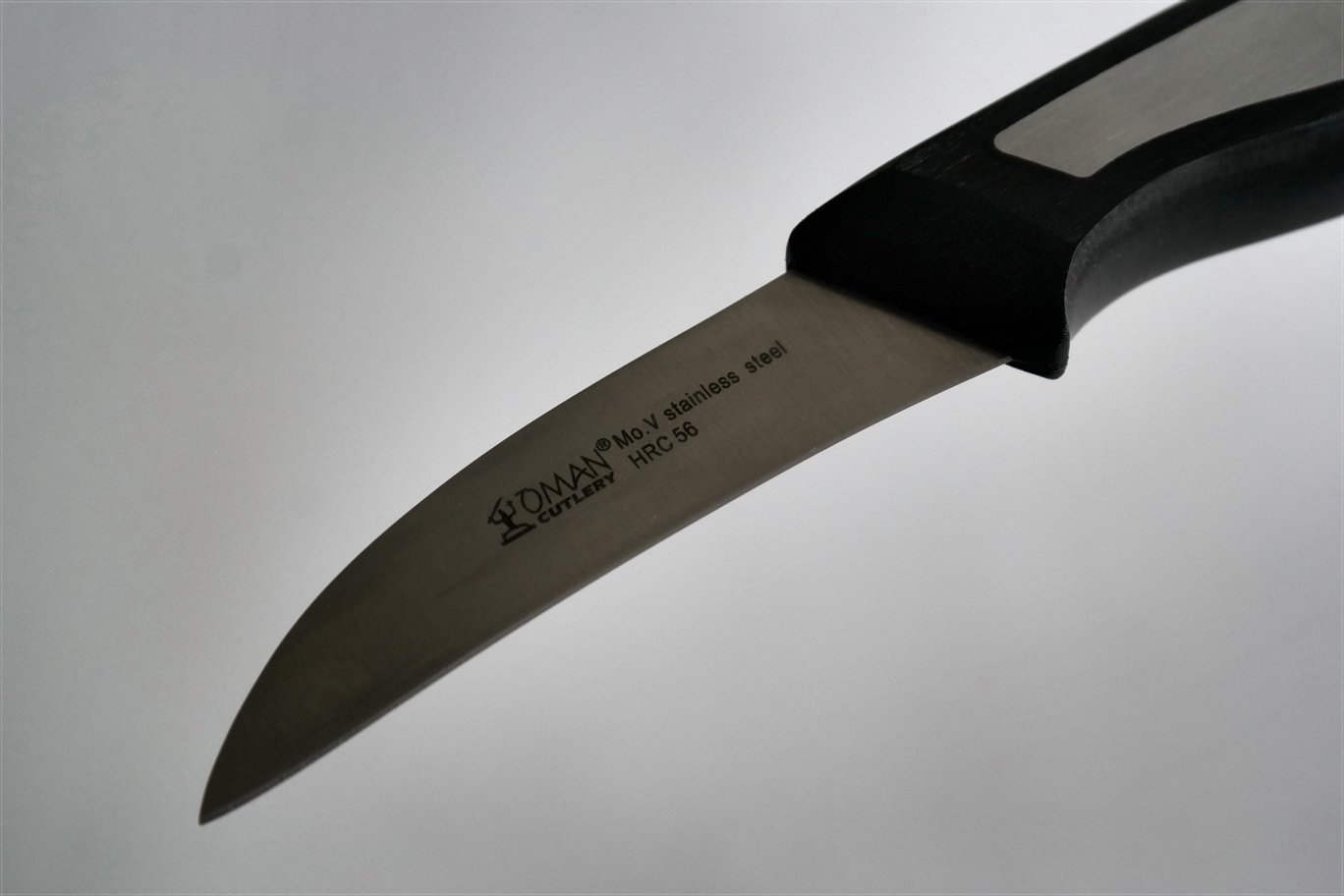Danny Linguini
Gold Member
- Joined
- May 24, 2022
- Messages
- 2,288
I just pulled the trigger on a Lansky standard diamond kit. I’m thinking maybe I’m not as good at free-handing as I’d like to think I am, and I want something that will keep my modest collection of folders and a few others functionally sharp. I’ve got steels ranging from 8Cr13MoV to Magnacut and a few CPM’s in between, so I figured diamond hones should cover everything. The Lansky system seems to get good reviews, and looks to handle smaller blades better than the Worksharp Precision Adjust, which I was also considering. I’m not looking to re-profile anything, just keep them all to as close to factory-sharp as I can get them, as they have all been sufficiently sharp for me right out of the box (except for one Chinese cheapie). Everything I’ve read here and there says the Lansky fine diamond hone should do just that, but I did add an ultra fine hone to the order anyway, just in case. I don’t plan on using the coarse hone unless somebody uses one of my knives to chop up bricks; otherwise, I’m not what you’d call a heavy user, so I don’t usually let my blades get bad enough to need more than a touch-up.
My biggest question now is, considering I want to stick as close to the factory edges as possible, how do I ensure that I’ve got the correct angle for each blade? I don’t want to waste time removing material that’s nowhere near the edge, but neither do I want to gack up the edge by going too obtuse. Part of my concern is that this particular system is very limited in its angle options at 17, 20, 25 and 30 degrees, and no in-between. My thought is, the first time I put a blade in the clamp, do the sharpie thing on the edge, and start at the lowest angle with the ultra-fine hone, just to see where it’s touching, and work my way up until it’s preferably cleaning off the entire edge bevel. Then depending on how good or bad the knife is cutting, start hitting it from there with either the medium or the fine hone. I do know I need to keep the pressure very light, so I’ll probably start by just using the weight of the hones themselves until I get a feel for how much material is being removed.
Any other suggestions for the first attempt(s) to minimize (eliminate) any risk of borking up my blades?
My biggest question now is, considering I want to stick as close to the factory edges as possible, how do I ensure that I’ve got the correct angle for each blade? I don’t want to waste time removing material that’s nowhere near the edge, but neither do I want to gack up the edge by going too obtuse. Part of my concern is that this particular system is very limited in its angle options at 17, 20, 25 and 30 degrees, and no in-between. My thought is, the first time I put a blade in the clamp, do the sharpie thing on the edge, and start at the lowest angle with the ultra-fine hone, just to see where it’s touching, and work my way up until it’s preferably cleaning off the entire edge bevel. Then depending on how good or bad the knife is cutting, start hitting it from there with either the medium or the fine hone. I do know I need to keep the pressure very light, so I’ll probably start by just using the weight of the hones themselves until I get a feel for how much material is being removed.
Any other suggestions for the first attempt(s) to minimize (eliminate) any risk of borking up my blades?

